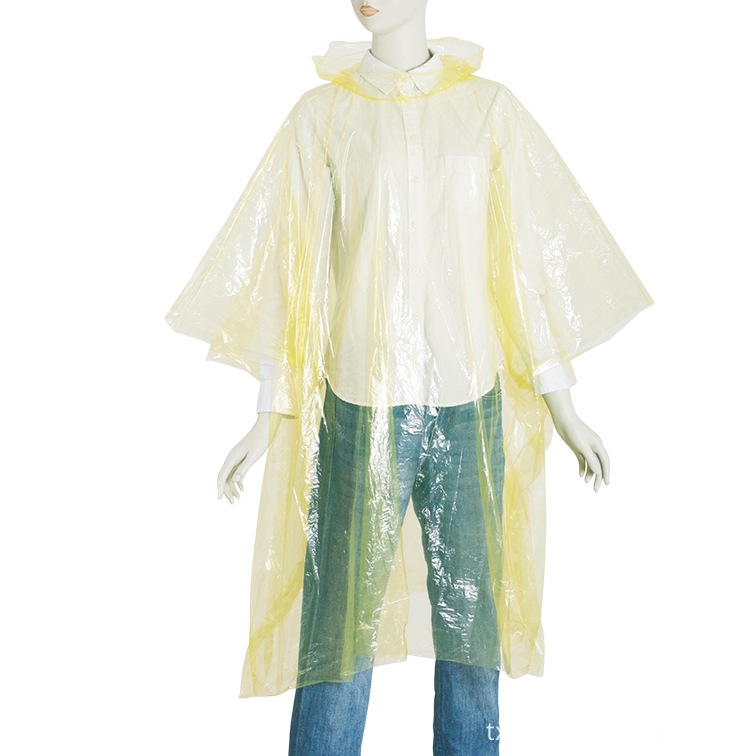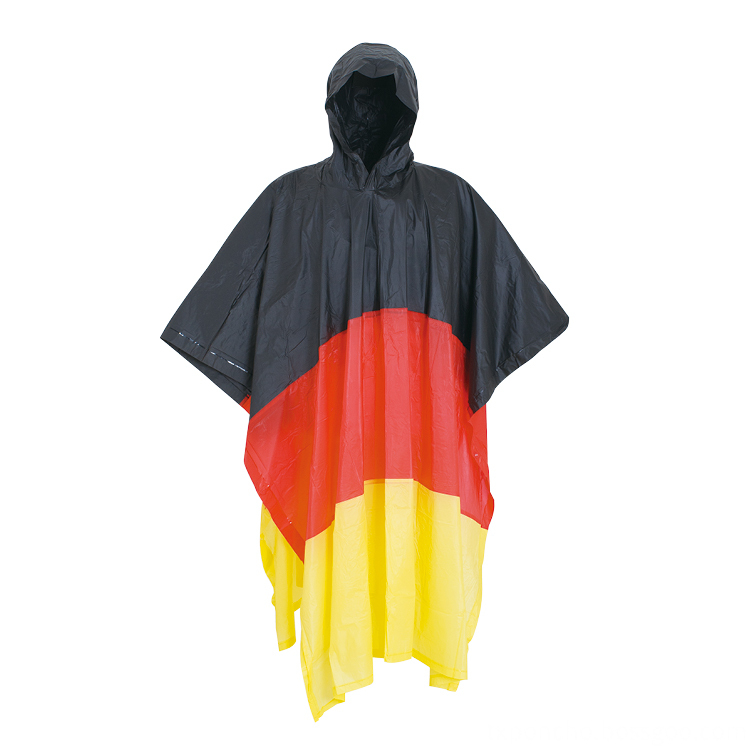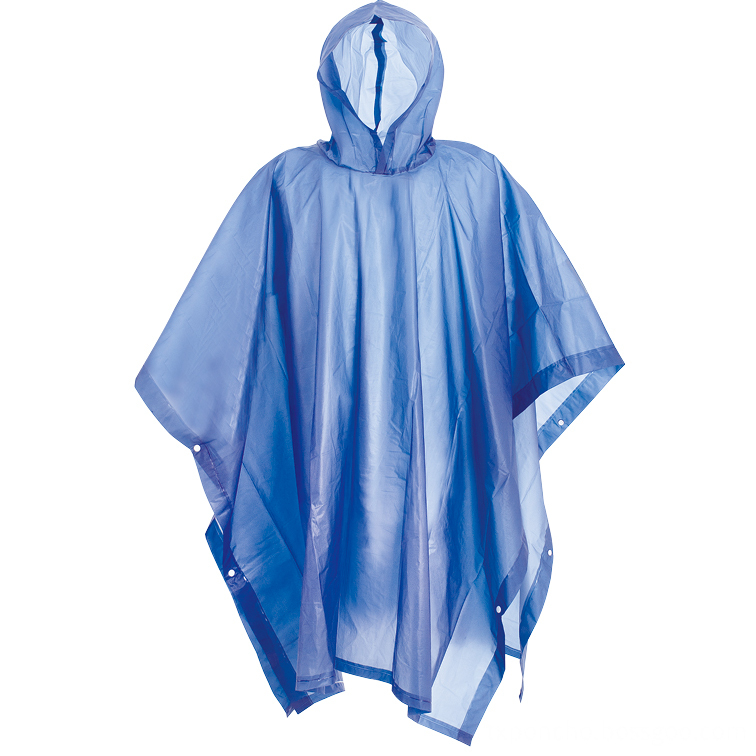Talking about the application of powder coating in can production
Talking about the application of powder coating in can production
Yang Wenliang
In China's can making process, the inside of the tank body adopts the method of pre-printing iron. The inner coating material is food liquid coating. When printing the iron, it is necessary to leave the seam welding edge. Generally, it is difficult to coat the inner side. The scraping process is performed so as not to affect the quality of seam welding. However, it is necessary to make a recoating at the weld seam after seam welding, the process is complicated, and the quality is not easy to guarantee. In recent years, the increasingly popular powder coating process is increasingly being used in the canning industry. For the canning industry, the powder coating process is not a new technology, but people really start to pay attention to it. A few years. As early as 20 years ago in the United States, the inside of the weld of the three-piece can was produced using a powder coating process. Since the coating of the powder coating is thicker than the coating of the liquid coating, the powder coating process can more effectively prevent the influence of iron odor on the taste and color of the canned food. Currently, at least 800 can production lines worldwide are produced using the technology behind the powder coated weld.
Currently, the real application of this process in the canning industry is the repair of can coatings and the coating of the inside of a three-piece can. Through a large number of scientific experiments, the coating effect of powder coatings is very good. The powder coating products can be used to package a variety of foods, beer, beverages and aerosols. It has been suggested that the powder coating process will be increasingly applied to two-piece cans and beverage cans within a decade.
Why is the powder coating process so attractive? Because the use of powder coating is more environmentally friendly, it has high reliability and environmental performance, and it has good economic benefits. The powder coating is 100% solid material, and the composition is completely the same as that of the liquid coating except that there is no solvent. When the can is heated in an oven, the powder melts to form a continuous film layer.
Most of the powder coatings used in the canning industry are modified with epoxy or polyester, varnish or pigment. The paint coating utilization rate is very high, so the loss is very small, especially the recycling system can collect the overspray powder, adjust the overspray powder, and re-enter the system for recycling.
Because the powder coating is solid, it is in a solid state during use, such as recycling and cleaning, transportation, and handling. The powder coating process does not cause loss of liquid paint, and the loss of liquid paint is not easily controlled and is expensive.
In the next few years, powder coatings may become one of the coating technologies for a large number of applications. Because the powder is a dry coating, it is 100% solid, which meets the requirements of governments at all levels to reduce or ban the use of volatile organic compound coatings. For each can manufacturing plant, the use of such a solvent-free powder coating is one of the effective methods for preventing the volatilization of organic compounds in the surface treatment process of the can.
For environmental protection, the can body and can lids treated with powder coating are not only beneficial to the canning plant, but also beneficial to food packaging manufacturers. In order to cater to the increasing demands of customers for product packaging, food packaging plants have been seeking solutions that are different and unconventional. This food canned container is both environmentally safe and easy to produce. If it is purely from the perspective of market sales, the canned container with powder coating can make the canning factory establish the image of an environmental protection model. Just as the environmentally friendly products currently on the market are very popular in the market.
The current new can seal cover and three-piece can coating repair equipment are all automatic control systems. A typical system for powder coating is to suck the powder from the powder supply station from the feeder and transfer it to a recovery unit where the raw powder is mixed with the recovered powder and then mixed with air and transferred from the pump system to the friction spray gun. . When the powder is transferred to the can body or can lid, the gun is electrically charged by friction, causing the powder particles to be electrostatically charged. The charge causes the powder to be adsorbed onto the can body or can lid in a particularly uniform spray pattern, and all overspray coatings are The complete recirculation device is recycled, adjusted and reused. This method of coating allows the powder to pass from a positively charged electric field, causing the powder particles to be negatively charged, in which case the can or can lid is grounded so that the powder particles can be adsorbed.
The corona coating method removes the charge of the powder particles by frictional electrification, and the friction electrification method reduces the electrostatic shielding effect, so that the powder particles can be moved to the corners and gaps of the can body or the can lid. This is especially true for painted can bodies and can lids.
At present, there are two kinds of painting techniques, including continuous spraying technology and intermittent spraying technology, which are widely used. The former is suitable for the outside of the coating tank, the spray gun is started when the tank enters the painting area, and various spraying can be used in the painting area. The method is to directly apply the powder particles to the portion to be painted of the can; the latter is a coating method for switching the spray gun when the can body or the can lid enters the spraying area. In order to control the switch of the gun, the adjustment of the gas or powder is controlled in a control tube, and the air flow is re-adjusted by a flow divider to control the amount of workpiece being coated and the rapid flow rate when the gun is stopped.
This process is realized by a series of solenoid valve control, and the powder pump electromagnetic control valve controls the dose of the powder required for the workpiece to be painted. When the powder pump sends the powder out of the powder hose to the control tube, the powder is accelerated by the amplifier while optimizing the uniformity of the powder or gas through an atomizing nozzle. After entering the control tube, the powder particles are electrostatically charged by contacting the wall of the control tube in the tube, and the charged powder is sprayed on the can body or the can lid workpiece through the nozzle of the spray gun, and the pump is shut down and the air flow splitter is opened. The gun is shut down and the cycle is repeated for each can body or can lid workpiece.
The operating cycle speed of a single piece depends on the amount of powder that needs to be applied to each workpiece. For example, for post-repair of epoxy coated can ends, each gun can handle between 300 and 350 per minute. When the can lid is placed in front of the spray gun through a positioning mechanism, the friction-type spray gun will spray the electrostatically charged powder onto the can lid, and all the overspray powder will be collected and re-entered into the supply hose to enter the system. Recycled, and then the coated can lid is conveyed by a conveyor belt through a curing oven where the powder melts into the scratched portion of the workpiece and the weld zone.
This process can be applied to both the outside and inside of the can lid, and the coating amount is generally 60 to 80 mg. In order to increase the appearance quality of the outside of the can lid, the amount of powder required is larger. For the inner powder coating of the three-piece can body, a new powder coating process has been developed. The maximum coating speed of this coating process is about 75 pieces per minute for each spray gun. The open end of the can is transferred to the front of the triboelectric gun by a positioning transfer mechanism, and the charged powder is injected into the tank, and any overspray is recovered by the device and re-entered into the system for recycling. The can is then sent to a flat belt transfer oven, calcined, solidified, and calcined at a temperature of 425 F for about 2 minutes. For general international standards, coatings typically use modified epoxy powders with an average accuracy rating of 10 to 15 microns, while hygienic grade canned coating films are approximately 15 to 20 microns. The can manufacturer can obtain excellent coating quality, eliminate the volatilization of the organic compounds of the workpiece, and the utilization rate of the material can be as high as 99%. Due to the clean and effective coating process, the cleaning and maintenance cost of the workpiece can be greatly reduced.
As with the cannery, it is the food packaging manufacturer that benefits from the finishing process. Due to the improved quality of the improved can coating and the powder coating that enhances the shelf life of the food, it will leak, corrode and iron odor. The impact of canned foods is minimized, meaning that the powder coating provides an excellent protective film between the food and the packaging, which improves the quality and longevity of the canned product.
Canned products that have been powder coated have a longer shelf life. The use of powder coated metal cans in a variety of foods and cans of different sizes can completely replace the canning method using liquid coating treatment.
For the powder coating materials and processes required for food canning, the relevant manufacturers are gradually improving and striving to achieve the requirements more suitable for food canning.
Now, powder and raw material manufacturers need to develop more types of resin products. There are currently not many studies on resins and additives that can be used to improve powder properties and help overcome powder coating defects.
Powder manufacturers also need to understand the entire potential metal coating, and at the same time determine which coating technology is more practical, whether it is three-piece cans, spray cans, cans, cans or coils, each material Different resin modified powders are required for coating to achieve optimum performance.
Spray cans require an inner wall coating with anti-atomization capabilities, while three-piece food cans must have resistance to certain foods and have resistance to cooking. The change in properties depends on the composition of the metal raw materials. For example, a powder that performs well on a tinplate can be unacceptable in aluminum cans.
The clean, high-gloss polished surface formed by powder coating technology makes the quality of the tank container more excellent, hygienic and more attractive. These are the selling points that attract customers' attention when buying, or open the cans and rinse. The convenience of recycling later.
Packaged goods have improved the quality of their stored foods by adopting new and improved powder-coated containers that meet environmental requirements, thus greatly improving their product quality.
A kind Raincoat for hiking, walking, normally called Rain Poncho, normal size is 50"x 80"
We are a Chinese based company, located in Shijiazhuang, near Beijing. And Yiwu office, Guangzhou office.
With more than 21 years of experience dealing with customized products and promotional products,
we help our client from all over the world purchase from china much easier.



Rain Poncho
Rain Poncho,Disposable Poncho,Transparent Poncho,Pe Poncho
Zhaoxian Tengxing Plastic Fashion Co., Ltd , https://www.goodraincoat.com